Planet Snatchers
Project Summary
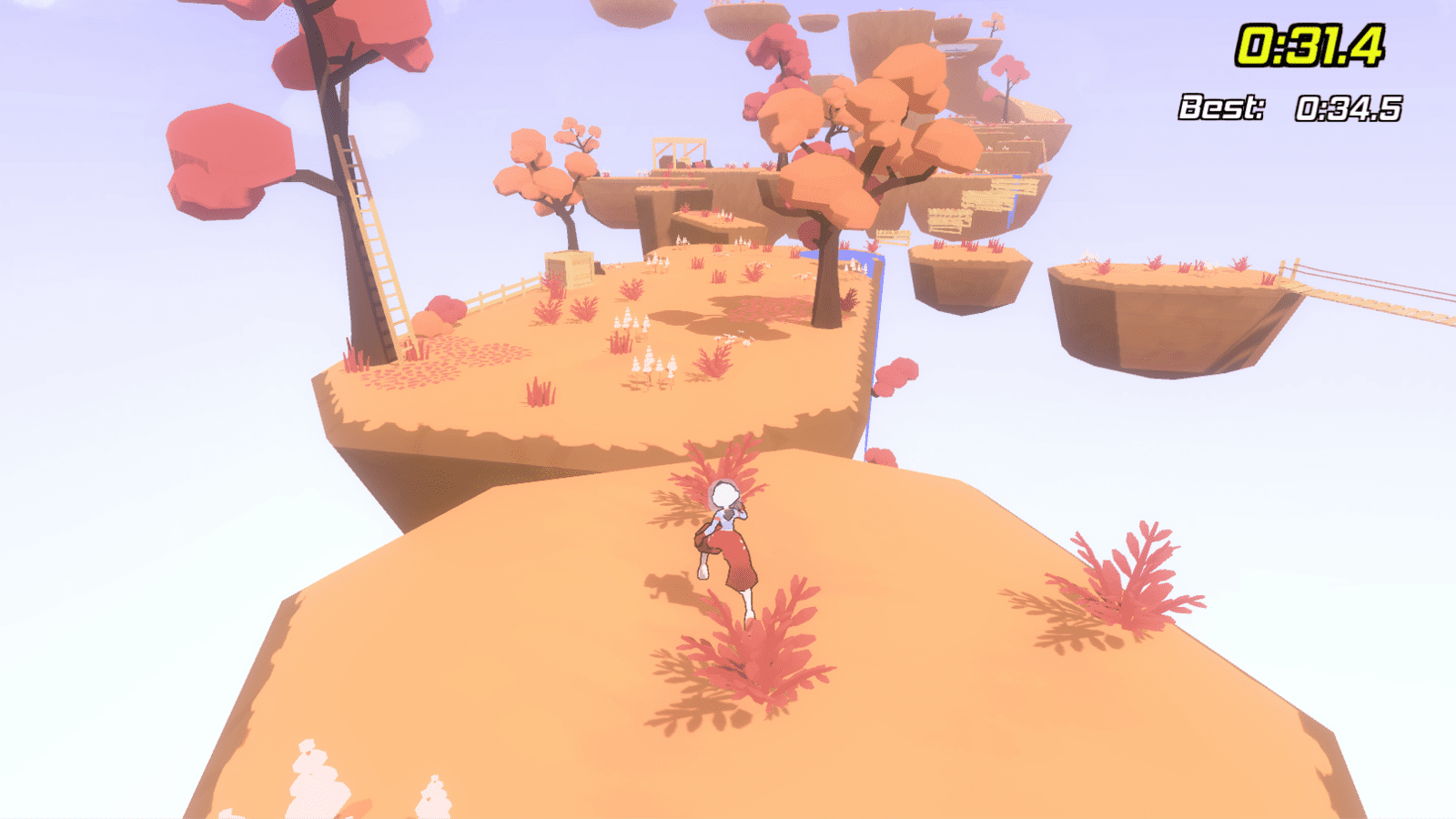
Planet Snatchers was started as a project being developed by Robbie Wakefield, Lillian Vinson, and myself for Champlain College's Production II course. Our goal in creating Planet Snatchers was to create a competitive 3D platformer-racing game in an industry all but devoid of current 3D platformers. Planet Snatchers is being developed to fill a hole in the market aiming at speedrunners of classic 3D platformers such as Super Mario Sunshine, Banjo-Kazooie, and Sonic Adventure. We did not want the play style and movement of a single character to dictate whether players enjoyed the game, so we aimed for having multiple characters with unique movesets that could cater to players with different preferences.
We were tasked in creating a prototype for the class's "mid-mortem". The mid-mortem was an opportunity for our peers to see what we have been working on as well as for our staff to give us all feedback at the 5 week mark into our projects. Also during the event, half of the games being developed would be cut and developers of the cut teams would be redistributed to the remaining teams. In our mid-mortem build, we had polished movement for our first character (who would become Abu) with placeholder art, a full level to race through with win and lose states, this level also featured art and a skybox already in the game's style. We got through mid-mortem with very positive feedback. Because of this mid-mortem process, we were able to pick up Robby Mitchell as our 2nd designer. His focus in design was more systems and UI oriented, while I am more level design and quality-assurance testing oriented.
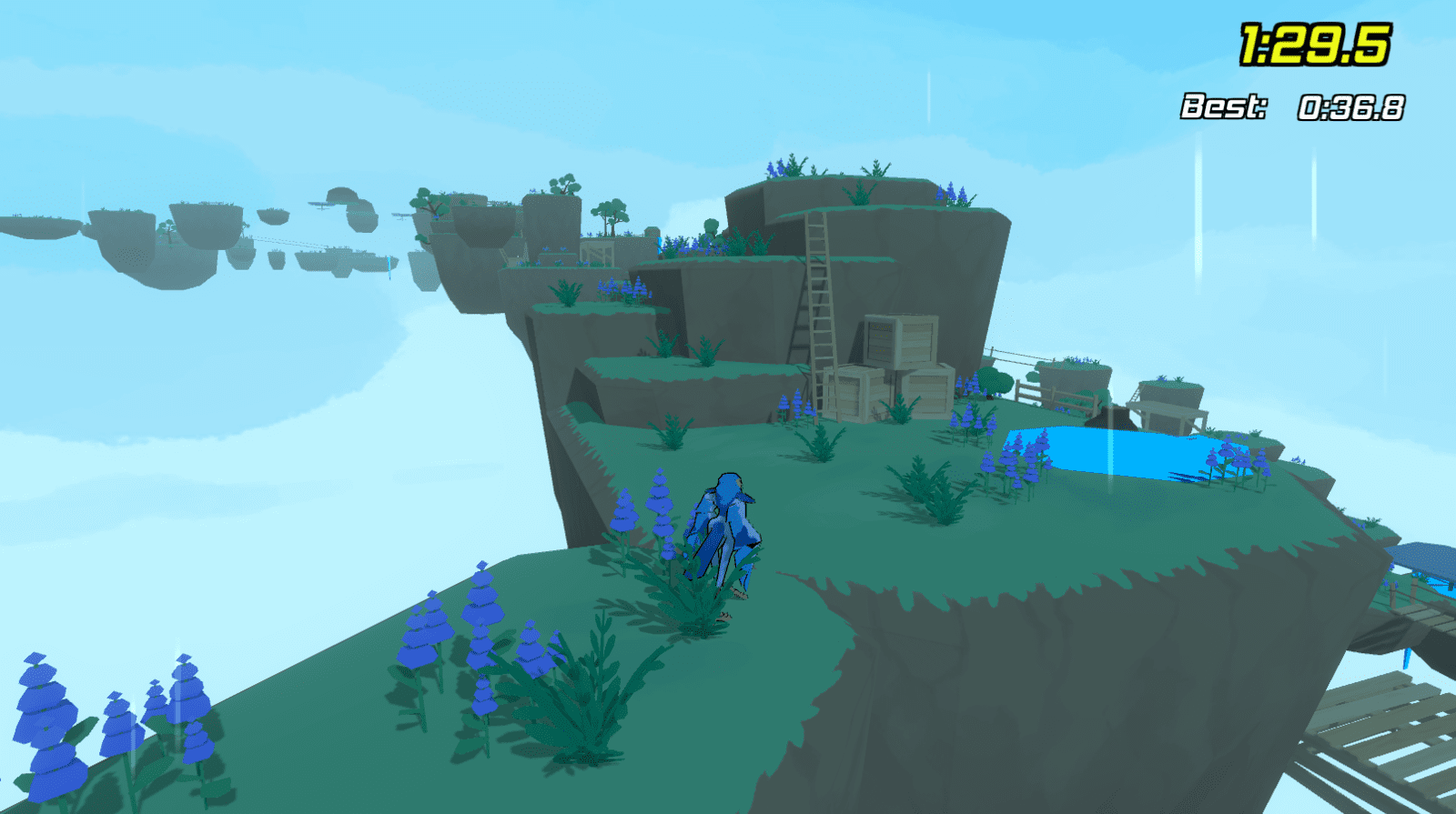
After the mid-mortem, my team and I decided on the scope of our project. We decided that by the end of the semester we would have two fully characters, three levels in one world theme, more polished win/lose states, character select and level select screens, multiple color variations for characters, and high-scores. With the smallest Production II team at Champlain that year, we got to work right away meeting weekly milestones set by our professor, Kate Bachus, and responding within two weeks to all feedback given to us by the class. Within a few weeks, it was clear to the team that we wanted to continue production after the class was over and release a version of the game at the end of summer. So, we worked hard on the game for the whole semester.
Quite a ways through the semester, our professor told us that we, juniors, would have the opportunity to enter a games competition hosted by RPI in Troy, New York called GameFest 2017. We were eager to enter, knowing that we had a very cool product that would show well at an event like that. For GameFest 2017, we made sure that we had 3 unique levels for players to race through in a first to 2 format, both characters fully implemented, high-scores for both that day and the all-time developer high-scores, and a ton of marketing to accompany the game so we would be a name to remember. Everything went very well and at GameFest 2017, the two judges, Dan Doptis and Kevin Todisco, from Velan Studios judged all of the games and awarded Planet Snatchers the second place prize.
Level Design Process
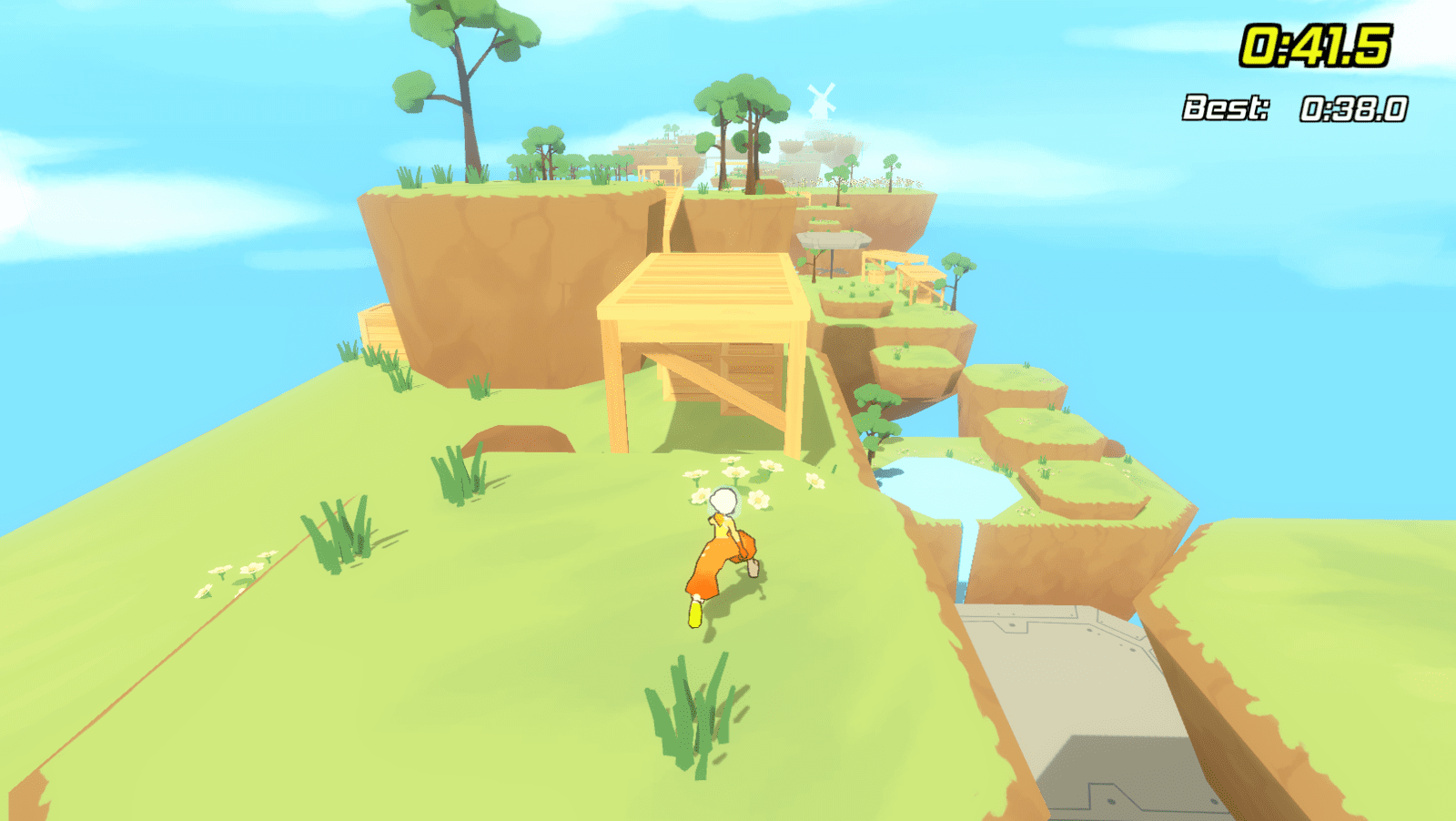
Directly after we had a somewhat finalized version of our first character before the mid-mortem. I started work on the level that we would be showcasing at the event. I wanted a level that would show off the fast paced movement that Abu (our first character) has at his disposal, but also have many different path options for the player to choose from. This resulted in me creating two paths, one (considered to me to be) easy and one that was more difficult but faster if executed well. The slower path consisted of rising-and-falling platforms with small gaps between them. There were options for the player to switch paths at many points in the level if they felt like they could not do that path. The initial result was more or less what I wanted, bu after quality assurance testing, I realized that many of the jumps were too tight for new players to make, so in response I made those problematic platforms closer together and/or added new platforms, depending on the situation. Also observed in feedback, players did not like the platform cycles of the easier path in the initial level. So, I adjusted them to be easier to get across, and allow the player to more fluidly get from one to another.
After the mid-mortem, I decided that with the new addition of a checkpoint system, the first level was too short. So, I created a second half that was more vertical in nature than the first half to give the unmade character, Basil, a place to catch up to Abu seeing as how the first half of the level was very horizontal. The full level was brought to Champlain's QA testing nights a few times by myself, and adjustments were made to let the Abu's movement flow through the level still but also give newer players less of a hard time finishing the race. After quality-assurance sessions the only real changes I made was to adjust a few areas to make them look more recognizable.
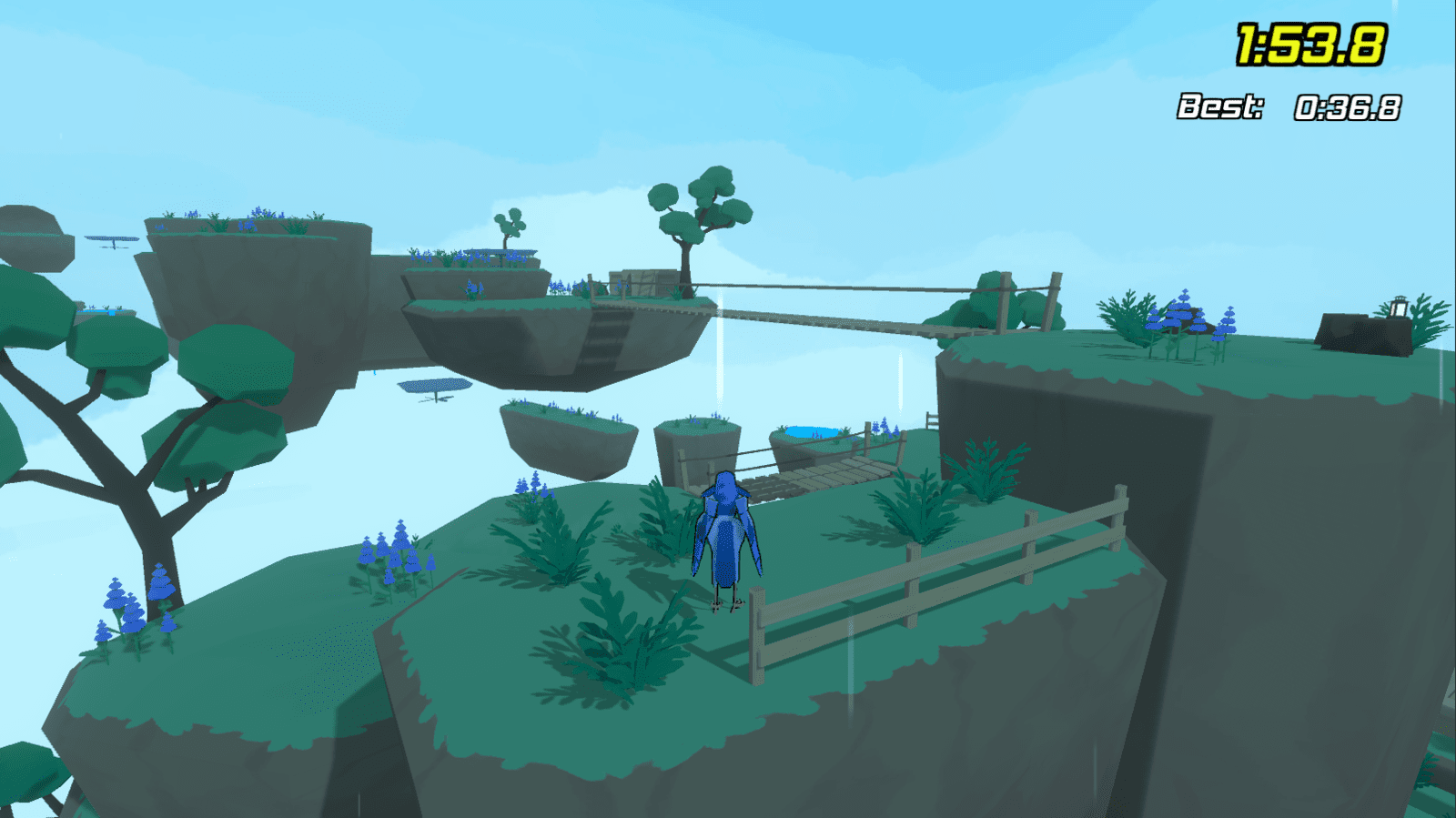
I saw level 2 as an opportunity to deviate a a little from level 1's straight away structure and give players even more freedom to discover new paths through the level. Level 2 features a pretty even mixture of straight-aways for optimal Abu movement, and climbs that slows down Abu and gives Basil a edge. This layout has allowed testers to find their own routes that can get them insanely close to developer high-scores on the level. I also deviated away from making paths harder or easier, instead opting to make all paths about the same difficulty. That way, players could choose any path and still have a good chance of getting through it on one of their first few tries.
The third level I saw as an opportunity to give Basil a really nice edge over Abu since the latter was much faster on level 1. Level 3 was designed to have loads of vertical sections overlapping sections of level to encourage path swapping. Players very much so enjoyed level 3 as both characters and the best times for each character ended up being roughly the same in time trial, but Basil players had to restart far less often than Abu players. A failure in design that I did not resolve before GameFest was the obvious best path at the half way point in the level with a huge shortcut that is very easy to get across. When we resume development on this project, changing that path will be one of my first priorities.
Character Design Process
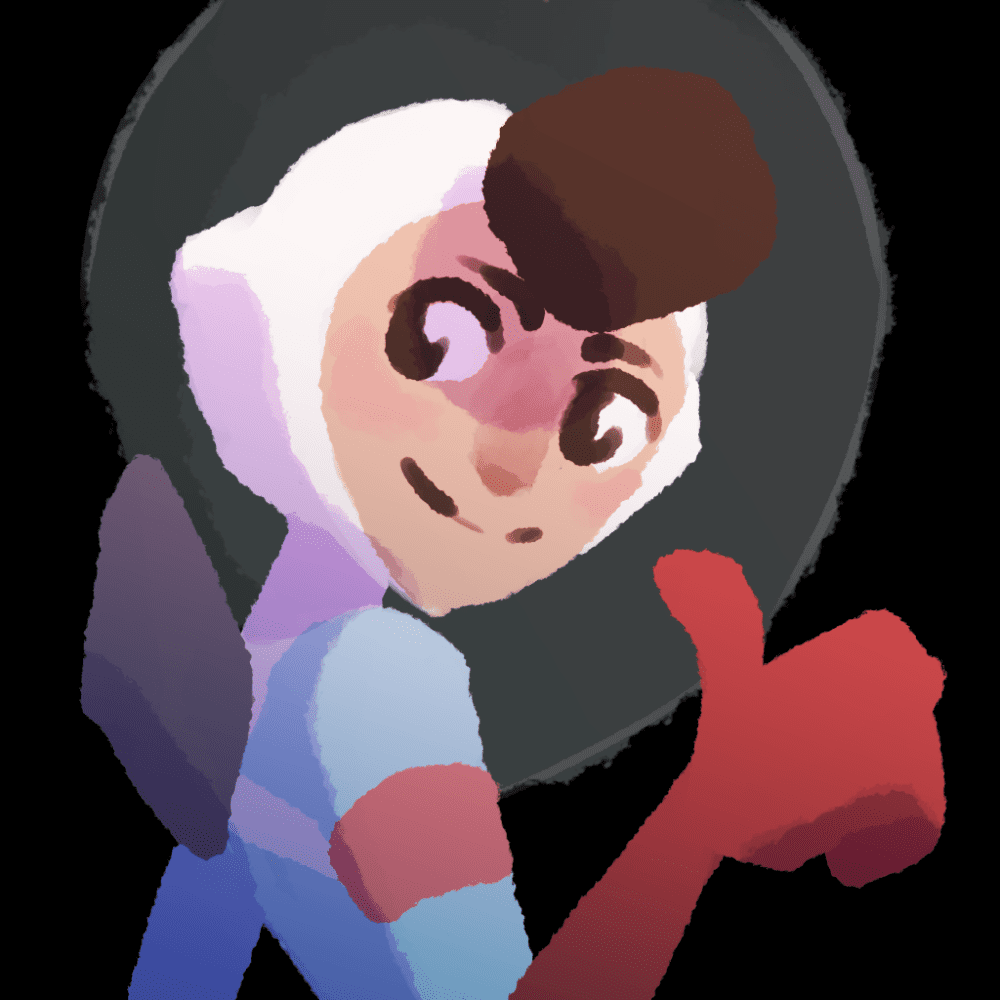
ABU
For the first character that we created, I wanted to make a movement set that was very simple in concept and mechanics but could be highly technical at high level so we could prove that this game could be fun to casual players as well as speedrunners of 3D platformers. I studied jump arcs and run speeds from successful 3D platformers to get an idea of how Abu should feel. In the original document I created, I outlined 2 mechanics (a dash and a wallkick) Abu would have as well as walk speed and jump height. In creating Abu, I wanted players from other 3D platformers to feel comfortable in controlling him from the get-go. His dash ability is very similar to mechanics in other games, but he is unique in being able to jump out of his dash instantly to preserve momentum to go faster and clear longer jumps. Abu is not in a perfect state yet. When Planet Snatchers resumes development, many changes will be applied to Abu to make his dash ability easier for new players to control. Having no other characters to balance him against yet, Abu would become the benchmark for the balance of the future character, Basil.
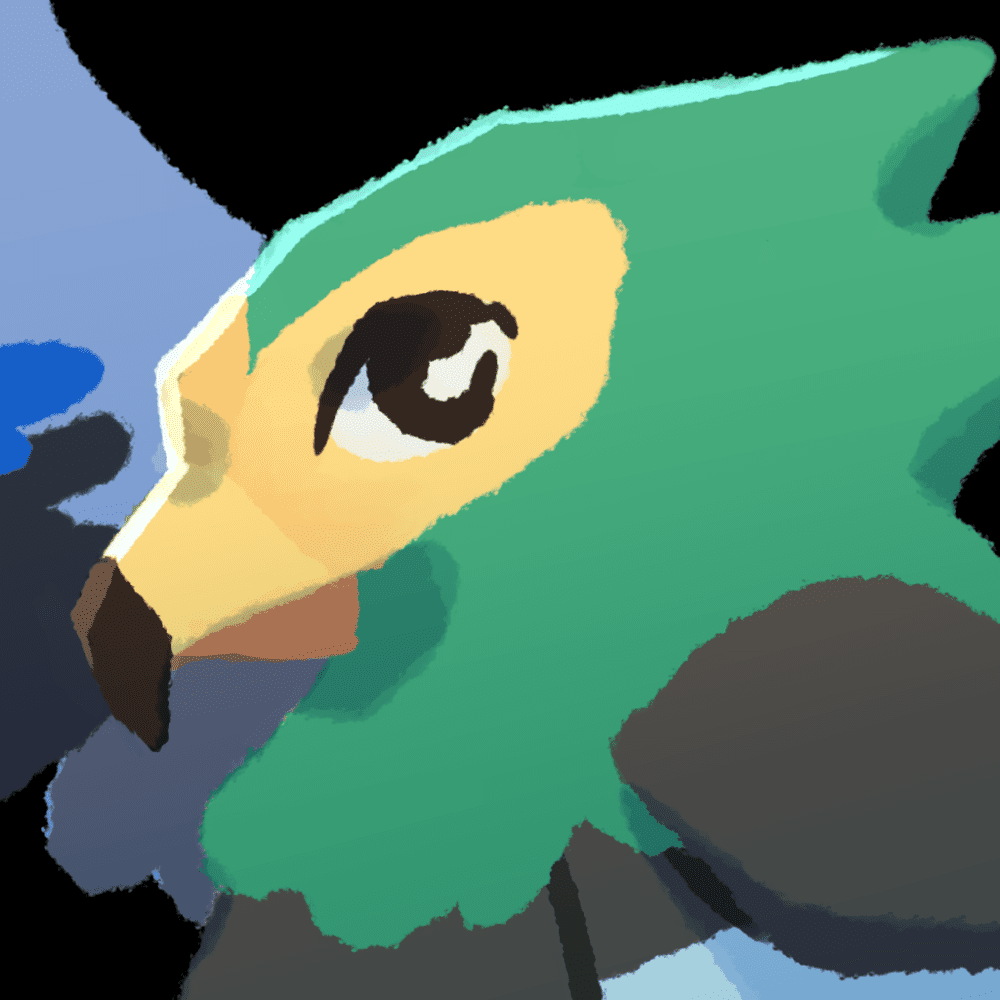
BASIL
Basil, being the second character, had to be balanced with Abu in a reasonable way in races. Players using Abu had a tenancy to feel that he was hard to control reliably in a two-player race. So, I thought that the second character should be much safer than Abu so newer players don't get too frustrated by falling off while playing. I also thought that Basil could excel in vertical movement in opposition to Abu who excels at horizontal movement. Basil's movement, as outlined in my original documentation, would have 2 vertically moving special abilities (flutter jump and high-jump), have a higher base jump, and run faster than Abu. Abu's speed actually is much faster than Basil due to his dash speed. Basil's flutter jump allows players to make sure they are going to make jumps they attempt as well as get to higher areas faster. The flutter has gone through many iterations. One such iteration was having total control over when you exit the flutter, this makes Basil very easy to play and optimize movement. It was harder to use at a low-level of play and made Basil too fast for how safe his moveset was. The flutter now goes through the full thing no matter what with the tap of a button. The flutter jump in combination with the high-jump allows Basil to skips many sections of platforming that Abu has to slowly get across. Basil can compete with Abu's speed on 2 courses can has definitely been seen to fall off the level less than Abu.
